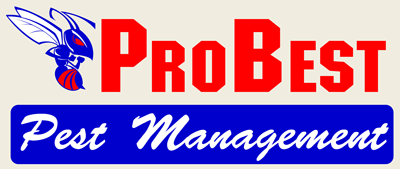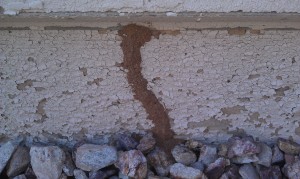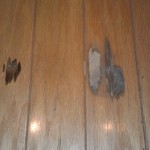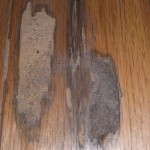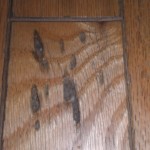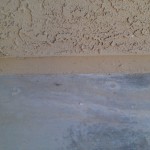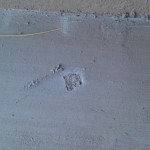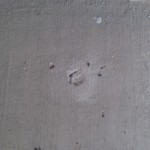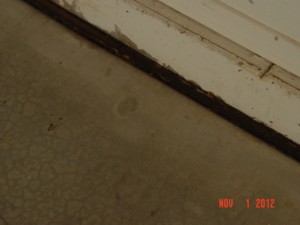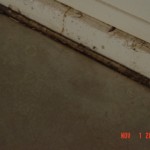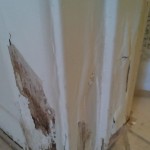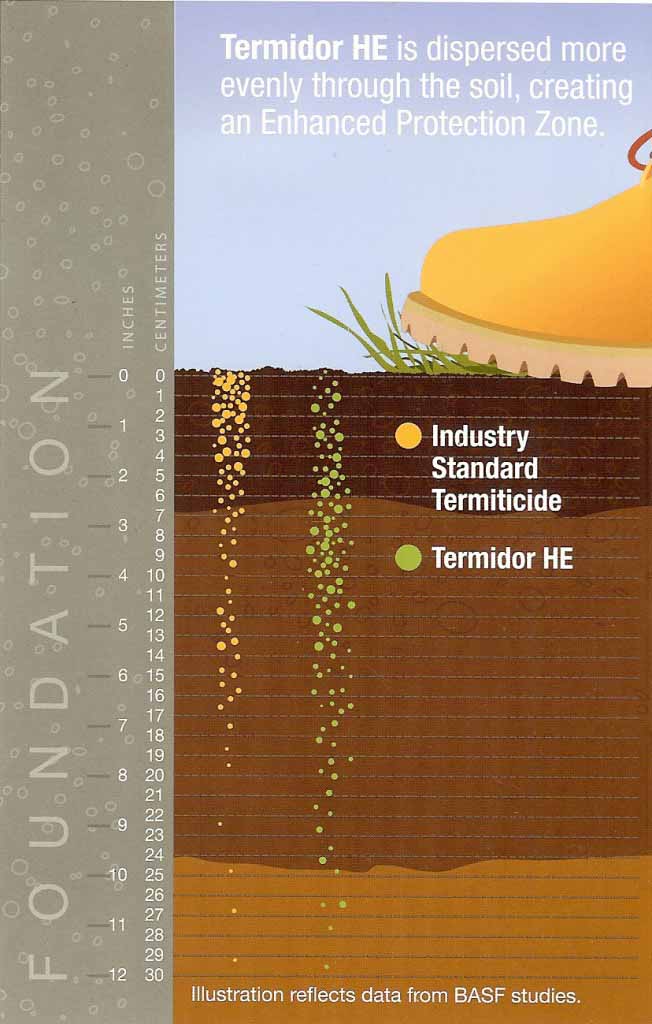 What is the BEST Termiticide in 2012?
What is the BEST Termiticide in 2012?
I get this question asked of me several times each week and today I’m going to give you my opinion as to the best of the best termiticides. OK so the answer is ——
I have to be honest I really like 2 different termiticides and in each product comes some special features and benefits. I’ll do this in alphabetical order.
Termidor by BASF – The “Transfer Effect” – the greatest single event in termiticide in the last 100 years. This Transfer Effect kills by ingestion, contact, and this effect affects insects by spreading Termidor throughout the colony before dying themselves. Undetectable non-repellent – termites cannot see, smell, taste or avoid this product.Termidor is engineered to be slow-acting, termites have ample time to spread throughout the entire termite populations.
Transport by FMC – I would not have imagined that by mixing two products, especially a repellent and a non-repellent that the result would be as unique as this product. Two active treatment zones within the soil. Two active Ingredients – Bifenthrin with 18 plus years of testing by the USDA and Acetamiprid. The encompassing outer zone is what provides the quick results of termites invading the inside or outside of a structure while the inner zone provides a blanket of long term protection.
Each of these products provides complex attributes which bring unique circumstances to termite treatments.

